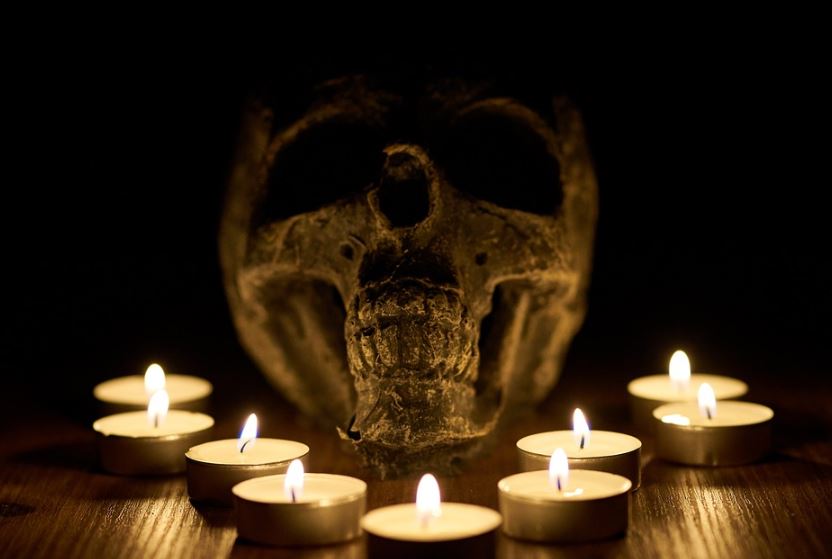Satanism is a Christian Heresy, while practitioners of witchcraft, be it one of the traditional forms or one of the modern forms, are devotees of the Great Goddess. How did this identification of these two vastly different faiths arise in the modern mind? Let us look at history.
This question was first posed to the Inquisition, who, being charged with rooting out heresy, investigated. They reported that the witches (they referred to them also as Dianae, followers of Diana) were deluded in their beliefs, but not heretical, and they chose not to prosecute them. As late as 1559 Valdez (chief inquisitor) suggested that the best action was to send them home as they were deluded but harmless.
The inquisition felt that all sorcery, satanic or not, was demonic, and all found guilty were executed by the secular arm. The inquisition, therefore, until quite late in the 16th century saw no connection between the two.
 Outside Spain, the real trigger in the persecution of witches was the production of the Malleus Maleficarum (the Hammer of the Witches) in 1487, which asserted the Satanic nature of the Sabbat and the demonic nature of witchcraft. Witches were accused of kidnapping and sacrificing Christian babies, (previously an accusation leveled at Jews) worshiping Satan, flying on brooms and holding orgies.
Outside Spain, the real trigger in the persecution of witches was the production of the Malleus Maleficarum (the Hammer of the Witches) in 1487, which asserted the Satanic nature of the Sabbat and the demonic nature of witchcraft. Witches were accused of kidnapping and sacrificing Christian babies, (previously an accusation leveled at Jews) worshiping Satan, flying on brooms and holding orgies.
It is from the publicity that arose from this persecution that led to the identification of all witches with Satan, rather than with Diana, Aradia or Lucia.
Satanists have likely been around for a very long time, though few traces are seen in medieval documents, as it was not something that was advertised. There do exist references to Luciferans, as opposed to references to sorcerers who had commerce with the evil one being tried and condemned, but these are rare.
Traditional Satanism
Traditional Satanism is based upon the New Testament; Satan tempts Jesus by showing him all the kingdoms of the earth, saying it’s all yours if you worship me. Now for the temptation to be real, then Satan must have the power to give these things, which makes him Lord of this world. Thus devotees worship him in the hope of benefits in this world. The opposition to the teachings of Jesus also allows of a somewhat more permissive lifestyle, while the thrill of flouting convention is also attractive to the more jaded and dissolute individuals who are attracted to this.
Luciferian faith
The Luciferian faith is based in addition upon its own writings, which are perhaps influenced by the religion of the Yezidiyyat: they hold that the Angel Lucifer was banished to earth after quarreling with the creator, but that eventually that rift will be healed, and the Angel will return to paradise to assume his former splendor, and the souls of the faithful will be rewarded amply.
It should be clear, then, that Witches venerate the supreme deity as being a nature goddess, who is worshiped best in the midst of her creation.
Satanists venerate the great rebel, the proud and tempestuous Angel who has so many human qualities and is worshiped best with action rather than words.
The only similarity is that both have been persecuted, vilified and calumniated.






